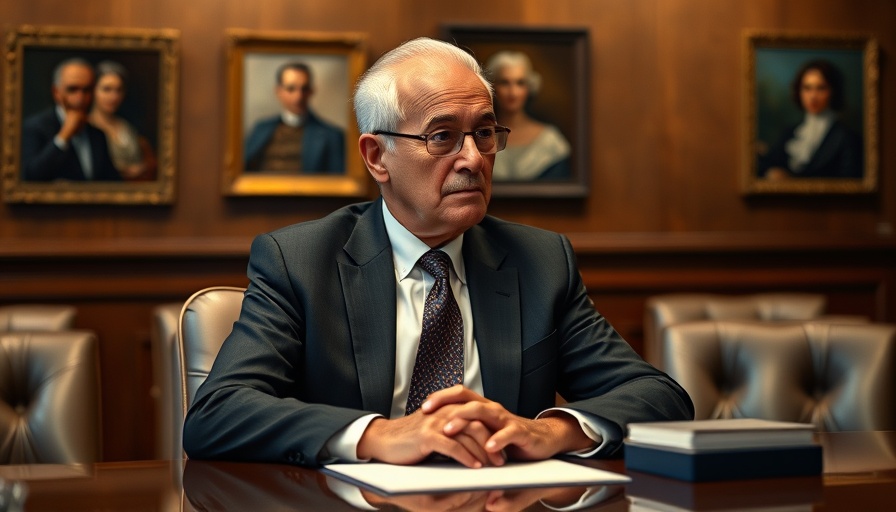
Understanding the VA's Shift Towards Oracle EHR
The U.S. Department of Veterans Affairs (VA) is gearing up to broaden the deployment of its Oracle electronic health record (EHR) system, signaling a renewed push towards modernizing its healthcare technology infrastructure. Speaking at a recent House Appropriations committee meeting, Secretary Doug Collins outlined plans to expand the EHR software's implementation to 20 to 25 new sites in fiscal year 2027. This announcement comes after a prolonged hiatus, during which the VA halted new rollouts due to technical concerns and errors that plagued initial deployments.
Navigating the Challenges of EHR Implementation
Since the contract was awarded to replace the outdated medical record system with Oracle's EHR in 2018, the journey has been fraught with challenges. To date, only six facilities have successfully gone live with the system. Criticism has mounted over issues such as software errors that may have led to patient safety concerns, leading lawmakers like Rep. Greg Murphy to question the appropriateness of the system for the largest healthcare network in the country. Collins’s plea for a $3.5 billion budget for the Electronic Health Record Modernization program highlights the scale of investment needed to not only appeal to lawmakers but to also address past deployment issues.
The Path Forward: What This Means for Veterans
While the recent pause in rollouts aimed at fault correction could be perceived negatively, it also reflects a commitment to ensure that the software is ready to handle the complexities of veteran healthcare. The targeted resumption of deployments next year indicates a cautious optimism about overcoming past hurdles. For veterans, an effective EHR system can mean streamlined access to their medical history, improved care coordination, and potentially better health outcomes.
Final Thoughts: A Call for Accountability
As the VA pushes forward with its electronic health record transformation, the spotlight remains on the efficacy and safety of the Oracle system. The commitment to enhance veteran services through technology is commendable, but it needs to be matched with accountability and transparency regarding costs and outcomes. Stakeholders, including veterans and their families, deserve clear communication about the impacts of these technological changes on their everyday lives.
 Add Row
Add Row  Add
Add 




 Add Row
Add Row  Add
Add 



Write A Comment